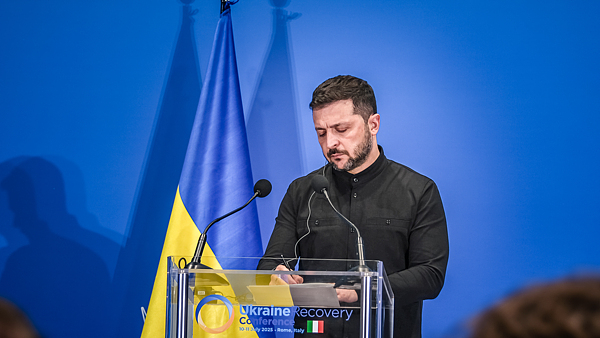
Ukraine Boosts Arms Production as US Re-routes Swiss Patriots for Kyiv
Ukraine accelerates arms production and could soon benefit from re-routed Patriot systems in its efforts to counter aggression.
Stay informed, stay connected—news for amigos everywhere.

Ukraine accelerates arms production and could soon benefit from re-routed Patriot systems in its efforts to counter aggression.
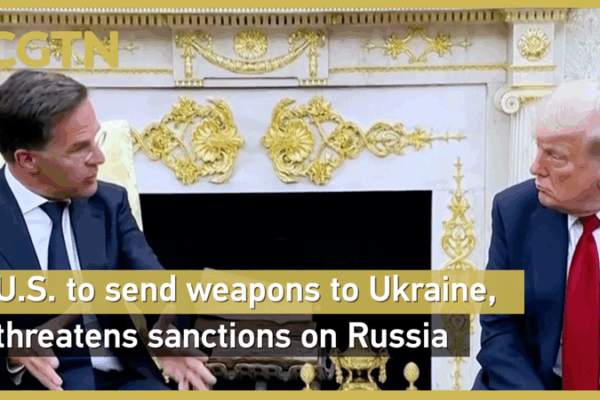
US to send billions in weapons to Ukraine via NATO, with severe tariffs on Russia if ceasefire isn’t reached in 50 days.
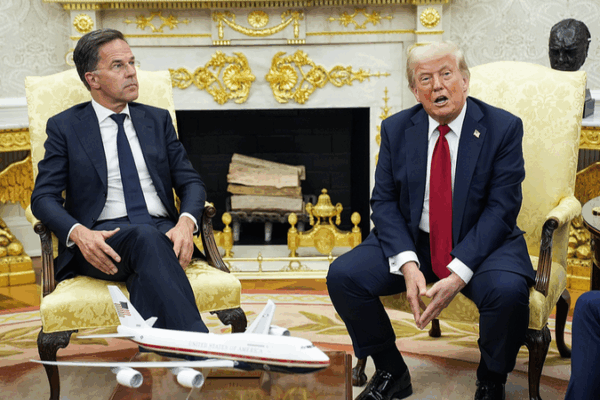
U.S. President Trump announces billions in weapons aid to Ukraine and threatens severe tariffs on Russia if a ceasefire isn’t reached in 50 days.
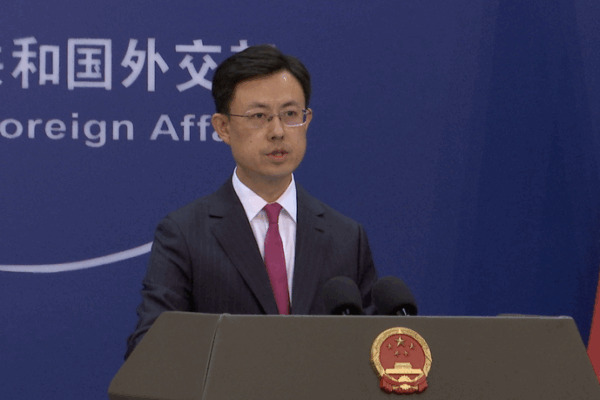
MOFA spokesperson Guo Jiakun condemns NATO officials for defaming China’s normal military development to justify military expansion into the Asia-Pacific.
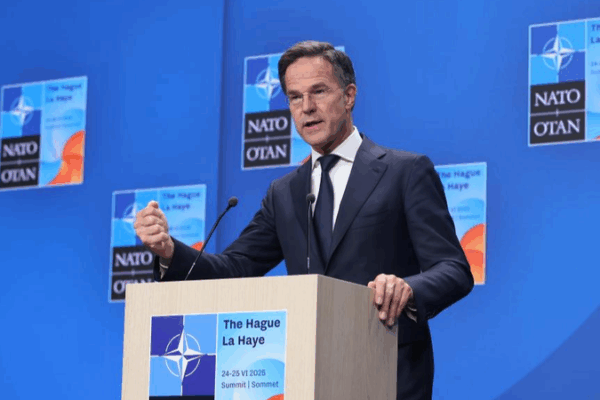
NATO’s new 5% GDP defense spending target exposes deep-seated contradictions in its evolving role and strategy.
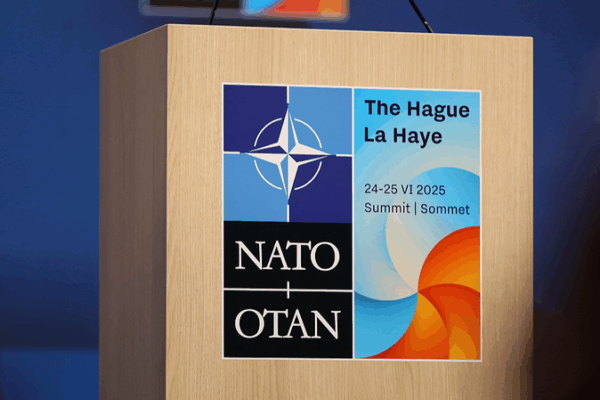
NATO members set a target of 5% defense spending by 2035, reinforcing collective security and boosting Ukraine support.
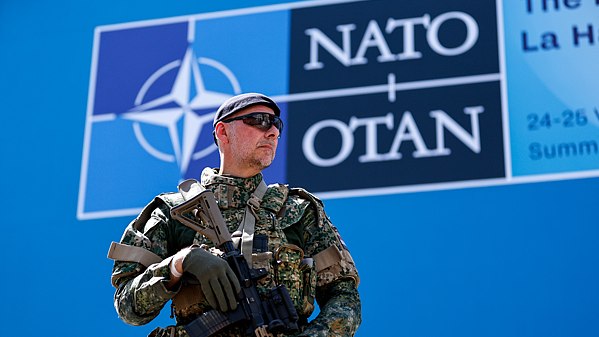
A CGTN poll reveals deep splits over NATO’s 5% defense spending target, with fears of triggering a new arms race and economic impacts.
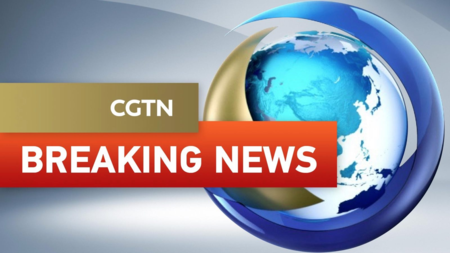
Czech Republic plans to boost defense spending to 5% of GDP, expecting NATO support, as announced by PM Petr Fiala.
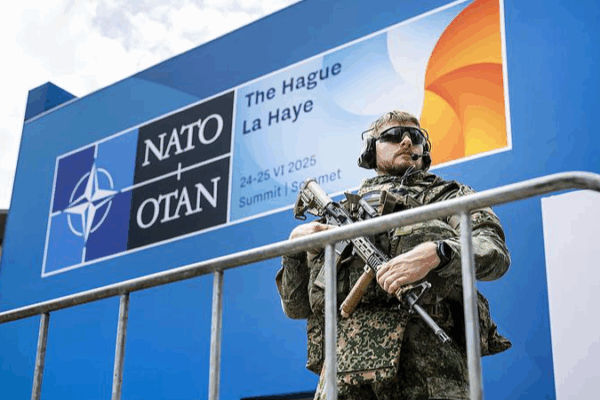
At this year’s NATO summit, a plan to boost defense spending to 5% of GDP within a decade sparks debate. Share your thoughts!
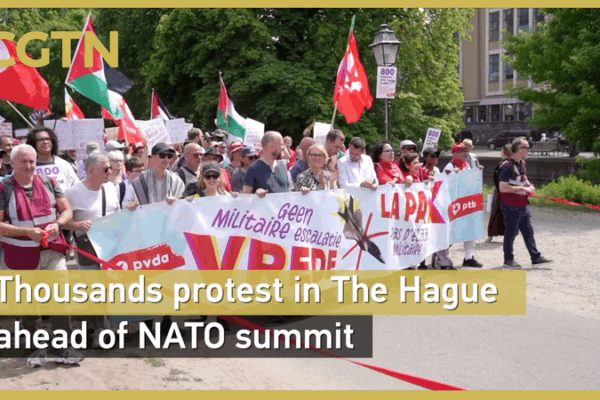
Thousands protest against NATO’s plan to boost military spending ahead of the June summit in The Hague.